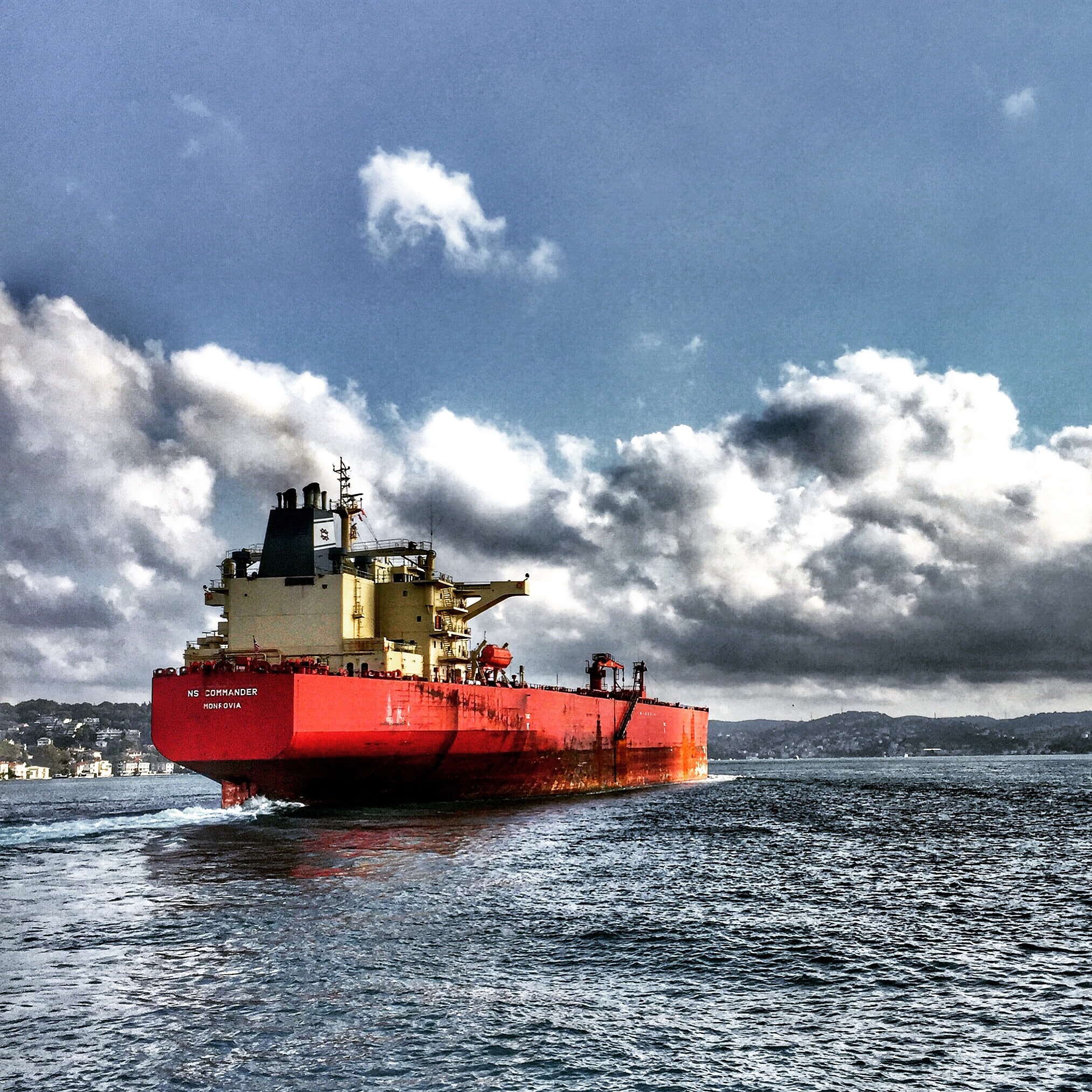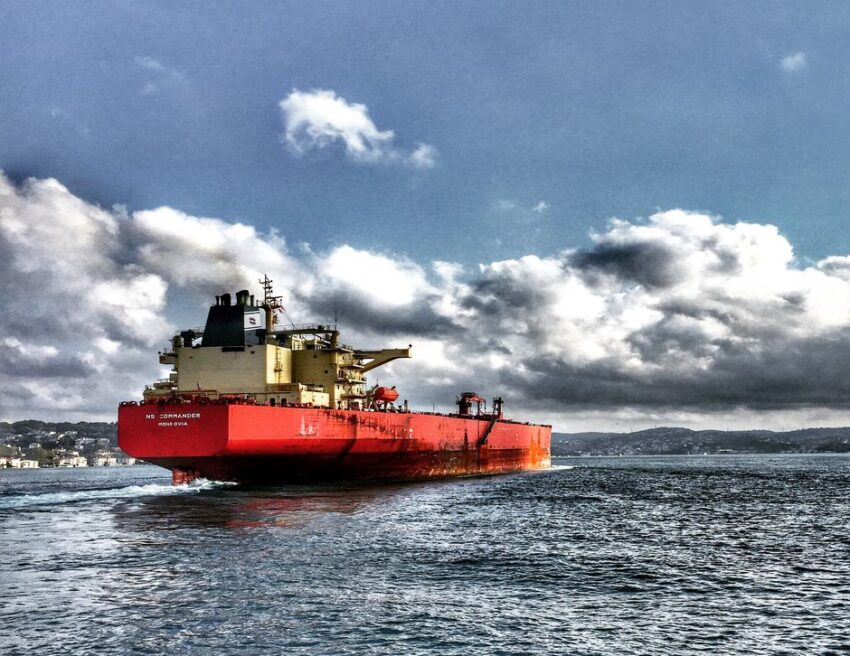
The container shipping industry is a significant contributor to global carbon emissions. Diesel-powered freighter ships are responsible for moving around 90% of the global cargo. This surely explains how the international economy is reliant on the use of carbon-emitting vessels. Moreover, most container ships use sludgy bunker fuel which further increases carbon emissions. Every year, the container shipping sector uses over 300 million tonnes of fossil fuel and its high time that this industry starts to switch from traditional petroleum-based fuels to low-carbon alternatives that could reduce the environmental impact of shipping operations.
The current scenario in the container shipping industry
It is only very recently that the shipping industry has embarked on a journey to decarbonize shipping, after being faced with a real climate crisis. The International Maritime Organization’s member states reached an agreement in 2018 when they planned to cut the emission of greenhouse gasses by half by 2050 and gradually phase out carbon emissions altogether by the end of this century. The container shipping industry has traditionally relied on HFO or heavy fuel oil which is a cheap fuel that provides considerable mileage to the ships. HFO is the by-product of petroleum crude after it gets distilled for the extraction of more expensive fuels like gasoline and automotive diesel. The emissions from HFO are extremely harmful to the environment and it is only when the vessels accumulate at the ports that people start to realize the full extent of the toxicity of these emissions.
Decarbonization initiatives of the maritime shipping sector
The container shipping industry is responsible for 3% of the total global carbon emissions. However, in the next 25 years, this figure will go up drastically and reach a whopping 17% by 2050. Therefore, sustainability has come up as one of the prime concerns of the sea freight shipping sector. Previously the IMO imposed mandatory caps on the emissions of gasses like sulphur oxides and nitrogen oxides. Three years back, they implemented a new policy that reduced the net sulphur content of fuel from 3.5% to 0.5%. Several carriers are also taking initiatives to make a shift to environment-friendly options that can make shipping operations more sustainable. The use of less polluting fuels that are cleaner and more expensive is one important measure that is helping the sustainability endeavours of this industry.
All the major players in the shipping sector agree that the best way to move forward in the path of sustainability is to reduce the dependence on traditional heavy fuel oil and switch to greener options.
The use of alternative fuels for ocean-going vessels
Moving from HFO to greener alternatives will not only improve energy efficiency but also enormously reduce the emissions of gasses that are harmful to the environment. Presently, the sector is experimenting with several alternative fuel options some of which we are going to discuss in brief.
-
Hydrogen
Hydrogen is all set to become one of the most important fuels in the years to come with many multinationals investing in the development of hydrogen fuel cells. It is coming up as a major contributor to the decarbonization efforts of this sector. Additionally, the production of green hydrogen uses renewable electricity which makes the fuel cells a zero-emission system. At the moment this technology is still in the testing phase with hydrogen-powered small boats and ferries.
Nevertheless, this technology also has its drawbacks. For example, hydrogen fuel cells entail a massive production cost and necessitate a tremendous amount of electricity which is usually generated from traditional fuels. The storage of hydrogen and its logistics are also an obstacle to the large-scale acceptance of this fuel. Even though several countries around the world are producing hydrogen for various industries, manufacturing needs to increase and shift to renewable energy production.
On the bright side, the hydrogen-producing technology is fairly simple which implies that production facilities can be set up globally. Even the developing nations that need to import fossil fuels will soon be able to fuel their vessels with hydrogen produced in their country. In spite of being expensive, hydrogen is probably the most promising alternative fuel option that will have a lasting impact on the international shipping sector. Royal Dutch Shell, the multinational oil company is also investing in hydrogen fuel cells in alignment with the shipping decarbonization goals.
-
Methanol
Methanol is also a low-carbon fuel alternative that can be produced by using natural gas feedstock or through the reaction of hydrogen with carbon dioxide from the industrial exhaust. Both methods of ethanol production can make use of renewable energy although the technology for industrial-scale production of zero-emission methanol is not yet here. Unlike other alternative fuels, methanol has a much simple storage and handling process. Some of the downsides of methanol as a green fuel option are that they require electricity to produce and the manufacturing cost remains expensive.
The container shipping giant Maersk is investing in the production of e-methanol for running a carbon-neutral ship by the end of this year. To quote the CEO of Fleet and Strategic Brands of Maersk, “It will be a significant challenge to source an adequate supply of carbon-neutral methanol within our timeline to pioneer this technology. Our success relies on customers embracing this groundbreaking product and strengthened collaboration with fuel manufacturers, technology partners, and developers to ramp up production fast enough.”
-
Ammonia
Ammonia is a low-carbon fuel that could work as a short time solution until we have large-scale manufacturing of hydrogen fuel cells. It can be synthesized from fertilizer but the manufacturing process needs to move to renewable energy. Ammonia’s energy density by volume is 30% higher than that of hydrogen thus making the distribution process easier as compared to liquid hydrogen. In the future ammonia can be easily manufactured from renewable sources enabling it to meet the increasing energy needs of the shipping sector to a considerable degree.
-
Wind energy
Until recently, the most talked-about method for reduced carbon emission was the use of hydrogen-based fuel. However, hydrogen fuel is expensive and not easy to pull off. Wind-powered ships, on the other hand, can make a real difference. This has prompted ship-building companies to turn back to the most ancient form of seafaring and hoist the sails to move goods all over the world.
Wallenius Marine AB, a Swedish firm is working on a 200-meter-long wind-powered freight ship. This ship will help to reduce CO2 emissions by 90% as compared to regular diesel-powered vessels.
Econowind in collaboration with Dutch shipping company Schram Shipping is exploring the Ventifoil technology to create wind-powered ships. The ventifoils are wing-shaped elements that are placed within a 40 feet container to create a high propelling force that enhances the forward force and leads to fuel savings.
French company Neoline is also creating a 136-meter ship that can reduce carbon emissions by 90%. Headed by a team of captains of ro-ro ships, Neoline is also seeking to lower the environmental impact of container shipping by bringing back the past. The Neoliner is a pilot project ship that will highlight the cost-effectiveness of a wind-powered ship and offer stable ocean freight rates regardless of the oil prices.


